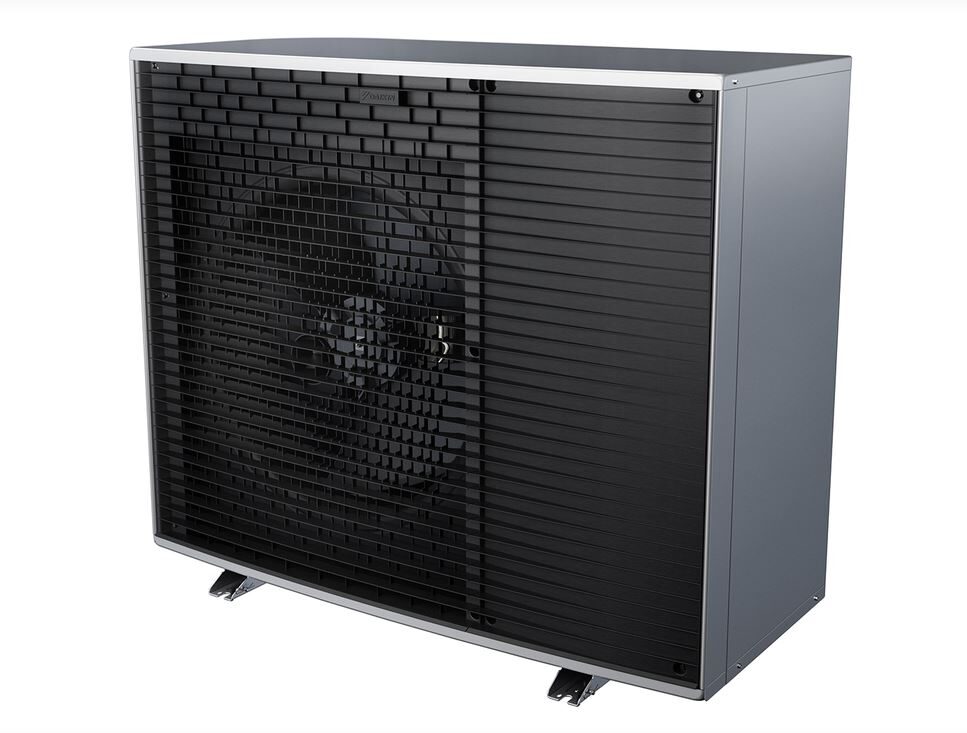2016 was full of contradictions for the global solar industry. Newly installed capacity increased by roughly 50% to around 76 GW, the highest rate of growth since 2011. Simultaneously, solar stocks and overall corporate finance for the solar sector collapsed, as documented in Mercom Capital’s 2016 Solar Finance and M&A report.
Mercom calculates that total corporate funding fell 64% in 2016 to $9.1 billion, its lowest level since 2013. This includes a similar fall in public market financing, which fell to $1.8 billion in 27 deals, compared to $6 billion in 2015. This is despite three initial public offerings (IPOs) in the sector, two of which were for Asian developers – Thailand’s BCPG (a subsidiary of Bangchak Petroleum) and India’s Azure Power.
“The Chinese module price crash, the slowdown in U.S. rooftop solar, competitive auctions, net metering uncertainty, high debt levels and a lack of profits all contributed to a challenging year across the solar supply chain,” Mercom CEO Raj Prabhu told pv magazine. However, 2017 looks better than expected as lower module prices are expected to boost installation levels.
However, despite the big collapses in overall funding and in public markets, there were sectors which were relatively unscathed during the year. Mercom notes 11 reported venture capital deals which brought in $1.25 billion, which is roughly in line with the last two years and a significant improvement over 2013.
As in past years, the bulk of this at 80% went to downstream solar companies, with Sunnova and Mosaic announcing the largest funding rounds at $300 million and $220 million.
And when the report leaves corporate funding and gets to project finance, things look different. As a sign of the ongoing popularity of distributed solar, residential and commercial project funds dipped only slightly to $9.4 billion raised in 30 funds. Mercom estimates that since 2009, solar companies offering third-party financing and loans in the residential and commercial and industrial (C&I) space have raised more than $22.5 billion
These top-line numbers may mask other changes in distributed solar markets. Mercom reveals that in the final three quarters of 2016, loans made up 47% of the value raised, which supports statements by GTM Research that third-party solar is fading in popularity, and data from EnergySage which finds that most installers they surveyed are working primarily on cash sales, with 3/4 not even offering leases or power purchase agreements.
“Consumers are getting a much better deal with loans right now compared to lease with a simpler process,” says Prabhu. “Unless companies offering lease can come up with better deals the shift is definitely towards loans.”
Large-scale project financing also saw only a modest decline to $9.4 billion, and a roughly similar volume of utility-scale solar projects changed hands – 218 totaling 12.2 GW – as opposed to 2015.
Mercom also reports 68 corporate mergers and acquisitions in 2016, compare to 81 last year. The largest of these by far was Tesla’s $2.1 billion acquisition of SolarCity.
This content is protected by copyright and may not be reused. If you want to cooperate with us and would like to reuse some of our content, please contact: editors@pv-magazine.com.



By submitting this form you agree to pv magazine using your data for the purposes of publishing your comment.
Your personal data will only be disclosed or otherwise transmitted to third parties for the purposes of spam filtering or if this is necessary for technical maintenance of the website. Any other transfer to third parties will not take place unless this is justified on the basis of applicable data protection regulations or if pv magazine is legally obliged to do so.
You may revoke this consent at any time with effect for the future, in which case your personal data will be deleted immediately. Otherwise, your data will be deleted if pv magazine has processed your request or the purpose of data storage is fulfilled.
Further information on data privacy can be found in our Data Protection Policy.